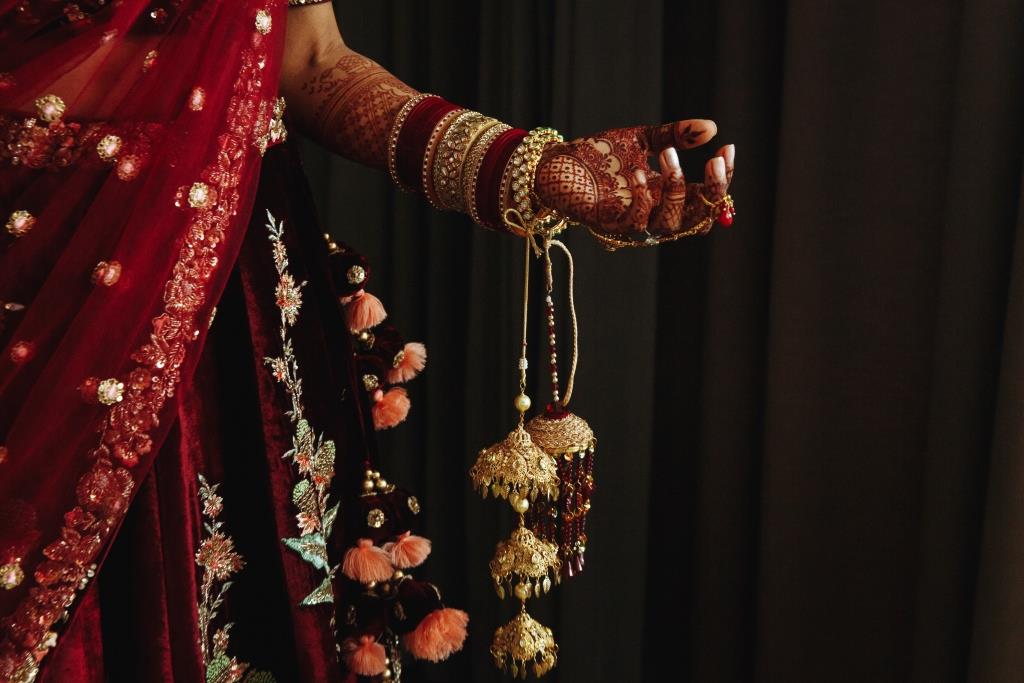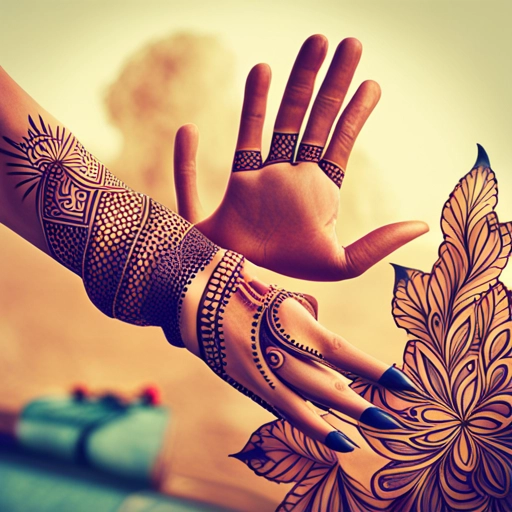Bridal Henna and Indian weddings have been friendly to each other since time immemorial. But in the last decade or so, every bride-to-be has wanted to hire the services of the best Henna artists for some of the most memorable designs.
As a result, the demand for bridal Henna artists has soared, and during the peak wedding season, an artist specializing in Indo-Arabic Designs and other intricate designs is rarely out of work. But this also emphasizes the need to chalk out an effective plan to ensure that everything goes smoothly during the Henna application process.
The Plan
- Search for the Ideal Artist: Thanks to the internet, it’s easy to find top-notch Henna artists for your special day. It is recommended to select professionals who have their own websites. The websites generally consist of their respective portfolios, which can give you an indication of how proficient they are.
- Initial Consultation: Once you pinpoint the desired artist, get his contact details and book an initial consultation. This process should be free, and it is a great way to gauge the artist’s level. Before you go into detailed discussions regarding dates and Indo-Arabic Designs, ask for a free design sample. Authentic professionals will be more than happy to provide the sample, and this is the best way to judge their quality.
- It’s Not Just About the Design: When it comes to bridal Henna, the design is the most important thing, but it’s not the only important thing. Ideally, you would want an artist who you can talk to. Henna application is a time-consuming process and may take 6 hours or more. A warm and friendly presence can go a long way in making the bride-to-be feel comfortable.
- Nothing but Fresh Henna Paste: A lot of bridal Henna artists take the shortcut of buying and using pre-made henna cones, but this is not how it should be. Henna paste should be fresh as fresh Henna paste does not stink. Furthermore, pre-made cones are often laced with numerous additives and preservatives, which can be damaging to the bride’s skin.
- Aftercare: The bridal Henna artist’s job does not end after the Henna has been applied. Proper aftercare is needed to ensure adequate staining. It is necessary to dab a mixture of lemon and sugar with a cotton wool on the applied areas to ensure a dark stain.
Last but not the least, ensure that the artist reports to the venue on time and does not double book on the same day, as it leads to a hurried approach to Henna application. Intricate Indo-Arabic Designs are time-consuming and a hurried approach is sure to result in a half-baked end product.
Here’s wishing you a smooth Henna application, and a happy marriage!




